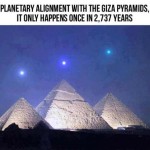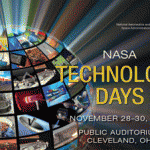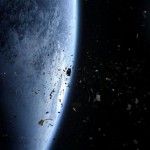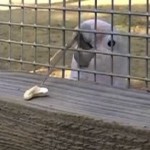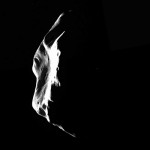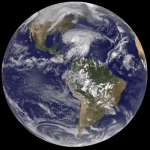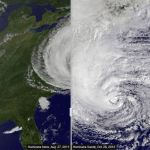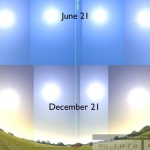We are past the mid-way mark in the second quarter. It’s unbelievable how fast time is flying! This week we’ll continuing using bellwork to help you begin reviewing for the finals, which begin three short days after winter break.
This week in physics: We will take a quiz over Newton’s Law of Inertia (Force Podcast 9 – Inertia and Force Podcast 10 – Static Equilibrium) and then look deeply into Newton’s Second Law. For Monday be sure to have watched and taken notes on…
- Force Podcast 11 – Newton’s Second Law
- Force Podcast 12 – Elevator Problem part 1
- Force Podcast 13 – Elevator Problem part 2
- Force Podcast 14 – Terminal Velocity
We will do a lot of practice problems with the ActivExpressions. For Tuesday or Wednesday (as announced in class) watch and take notes on Force Podcast 15 – Kinematics Problem with Newton’s Second Law part 1 and Force Podcast 16 – Kinematics Problem with Newton’s Second Law part 2, and for the next day view and take notes on the remaining podcasts for this unit: Force Podcast 17 – Complex Problem, Force Podcast 18 – Tying Concepts Together. We’ll spend most of this week simply practicing these problems in order to deeply understand the role of force in why things move the way they do, tying together our study of kinematics and dynamics. We’ll ultimately work on assignment 5 in class followed by a quiz. All that will be left is a quick conceptual exploration of Newton’s Third Law and assignment 6, which we’ll likely do early next week. Expect a unit test the week of December 10.
In addition to finishing the unit, on December 12 your friction lab report is due. Some requirements: You must write using Google Docs (now known as Google Drive.) Each writing partner must contribute her/his edits under her/his own Google account, as we did before, and you MUST share me on the document so that I can trace your revisions. This helps us remember to be responsible to each other in our level of contribution. My Google account is [email protected]. (Note: I do not use this for email.) Finally, you will need to upload one copy of your final lab document to TurnItIn.com by Friday, December 14 at 3:00. (If you haven’t created your account, you’ll need the class ID, which is 5463766, and the password, which is physicsrules.) Remember that you will need to use three documents when writing your lab report:
- cork coefficient of static friction: 0.395
- cork coefficient of kinetic friction: 0.296
- felt coefficient of static friction: 0.359
- felt coefficient of kinetic friction: 0.232
- plastic coefficient of static friction: 0.349
- plastic coefficient of kinetic friction: 0.183
This week in astronomy: Podcasts about the inferior and superior planetary motions are posted on our webpage for the solar system unit. We will spend most of the week researching, creating presentations, and sharing information about the planets when we do the planet project. Toward the end of the week we will study asteroids, meteors, and comets, which will complete our unit on the solar system. Expect a test the week of December 10th. After that, we’ll start our last unit when we look at various aspects of the universe. (It’s awesome!)
Cool Science: There is a rumor floating around the Internet about a planetary alignment over the pyramids of Giza occurring on Monday, December 3rd as in the following picture, purportedly showing Mercury, Venus, and Saturn. Sigh. Why do all of the cool Internet-y things turn out to be untrue? The planets WILL be visible in the pre-dawn skies, but not like the picture suggests. Bummer!

